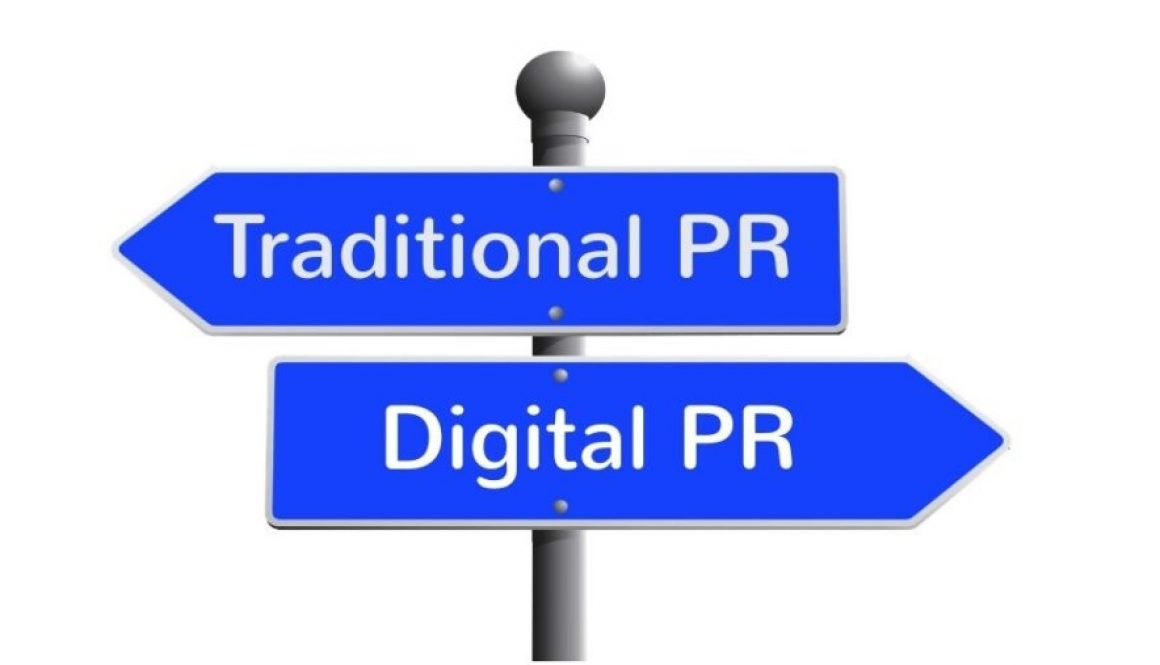Choosing Between Digital and Traditional PR – Are Both Necessary?
Change is the only constant in life, and from the 1990s, the world has been a whirlwind of change. The introduction of the internet brought forth disruption and technological advances that continue to awe human beings. Instant messaging, social media, email, artificial intelligence – communication is today everyone’s cup of tea. It is, therefore, not surprising that new media is influencing how masses consume information.
Globally, people are adopting digital approaches to doing business and leading their daily lives. In a world where a social media post has the potential to reach people worldwide than a million-dollar advertisement, does this mean that traditional public relations (PR) is gradually becoming obsolete?
Before delving into details, let’s talk about how traditional PR varies from digital PR.
Traditional PR
Defining traditional PR is easy. Think about how people communicated before the internet came around. Traditional PR largely depends on the print media, radio, and television. It involves reaching out to these “mundane” establishments as millennials say and cultivating lasting relationships.
Traditional PR feature aspects like reputation management, attending exhibitions and trade shows, and writing press releases and speeches, to say the least.
Traditional PR has its strengths. For one, it offers the perfect platform to build credibility since the media used is highly identifiable.
On the negative side, traditional PR is almost immeasurable, and its statistics are based on estimates. Getting the exact figure of how many people saw an ad on the television, or how many people read an announcement in the newspapers is almost impossible. Nonetheless, even though traditional PR is hard to track, the results are often impressive. In fact, a successful traditional PR strategy has greater rewards than digital PR.
Digital PR
The major difference between traditional PR and digital PR is that the latter features communication and networking that is done through the internet – online and social media. It is worth noting that digital PR is built on the traditional PR platform. It still is dependent on aspects of establishing relationships and disseminating press releases.
In digital PR, networking involves cultivating relationships with influencers and bloggers. Through these two, digital PR can create brand awareness and enhance their client’s image as well as their rankings on the digital space.
The best part about digital PR is that results can be easily quantified through various software and online tools. It is easy to get things like the engagement of an ad or a campaign, the potential and the actual reach, the audience as well as the potential impact. Perhaps the only quibble identifiable to digital PR is that it requires tech-savvy individuals, which isn’t everyone’s cup of tea.
So, Traditional, Digital PR, or Both?
Traditional media; radio, print, and television are still useful to the public. What this means is that traditional PR will never go out of style. The world has gone digital, but one thing remains true; even the online folks still get their news and other relevant information including entertainment from traditional media. This is because when it comes to credibility and reliability, traditional PR cannot be replaced since the handling of information strictly follows an inherent code and standards based on fact-checking.
Consecutively, digital PR cannot be exclusively adopted for various reasons. For one, why waste millions to run a traditional media ad when you can easily reach out to the world through social media?
On the other hand, social media is the chief culprit of fake news, which, unfortunately, cannot be wholly tamed. Online content lacks a clear distinction between fact and fiction besides the user’s own discretion. Even worse, the internet is both difficult to define and to regulate and as a result, the fight against fake news remains a perpetual challenge. Therefore, digital PR can be said to be a high-risk investment since the discipline is not controlled like traditional PR.
Eventually, choosing between traditional and digital PR is such a daunting task. One is not better than the other. As such, it is important to integrate the two to get the best results. Finding a balance between the two is where the challenge lies.

